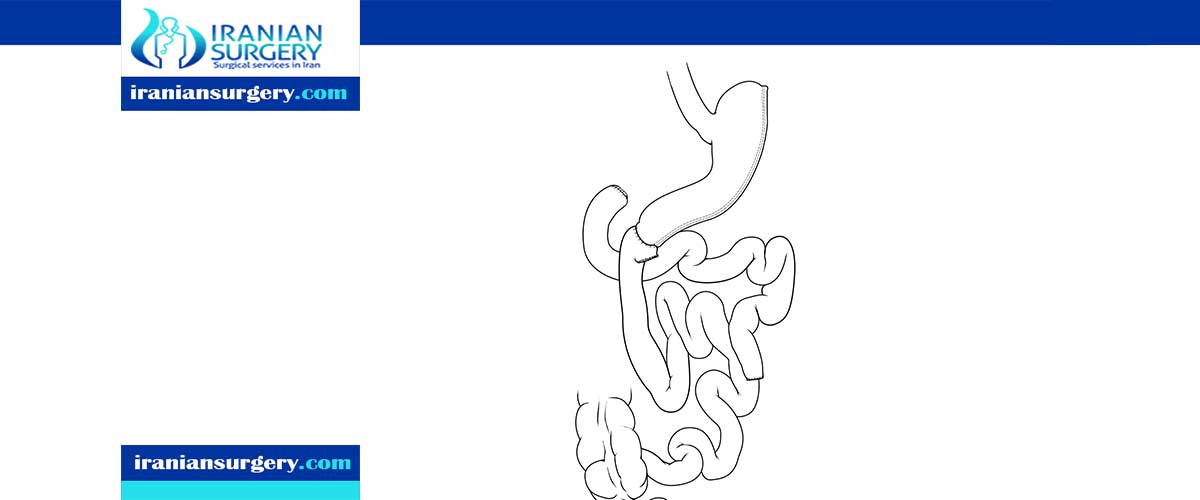Biliopancreatic Diversion Vs Roux-En-Y-Biliopancreatic Diversion Vs Gastric Bypass
Gastric bypass is a type of bariatric (weight loss) surgery that alters the process of digestion. Bariatric surgeries for weight loss are usually divided into three categories:
Types of Gastric Bypass
There are several types of gastric bypass procedures. All of them bypass (go past or around) the small intestine and some of them reduce stomach size. Your doctor will help determine which type of surgery is best for you based on your medical history and weight loss goals.
Surgeries for weight loss are usually divided into three categories:
. Restrictive: Limits food intake by reducing stomach size
. Malabsorptive: Limits food absorption by bypassing parts of the small intestine
. Combination restrictive and malabsorptive
All gastric bypass procedures are malabsorptive. Some are a combination of malabsorptive and restrictive.
Roux-en-Y Gastric Bypass
Roux-en-Y gastric bypass, the most commonly performed bariatric procedure, is both malabsorptive and restrictive. This surgery can result in two-thirds of extra weight loss within two years. The procedure involves stapling the stomach to create a small pouch that holds less food, and then shaping a portion of the small intestine into a “Y.” The “Y” portion of intestine is then connected to the stomach pouch so that when food is being digested it travels directly into the lower part of the small intestine, bypassing the first part of the small intestine (called the duodenum) and the first part of the second section of the small intestine (called the jejunum). Bypassing these sections of the intestine restricts the amount of calories and nutrients that are absorbed into the body.
Biliopancreatic Diversion Gastric Bypass
Biliopancreatic diversion (BPD) is a less common procedure. It is more complicated than Roux-en-Y gastric bypass. Biliopancreatic diversion is different from Roux-en-Y:
. It is primarily malabsorptive (limits food absorption)
. It Involves the removal of part of the lower stomach
. It is typically reserved for patients that are severely obese, with a body mass index (BMI) greater than 50.
Gastric Bypass vs. Gastric Banding (Lap Band) Surgery
Gastric banding (lap band) surgery is a common bariatric (weight loss) surgery. Gastric banding is different than gastric bypass in that it is purely restrictive (limits food intake), while gastric bypass is always malabsorptive (limits food absorption) and sometimes restrictive.
Gastric bypass and gastric banding both have different risks and different benefits. Your doctor can help you determine which type of weight loss surgery is best for you.
About Iranian Surgery
Iranian surgery is an online medical tourism platform where you can find the best gastroenterologists in Iran. The price of Gastric Bypass in Iran can vary according to each individual’s case and will be determined by an in-person assessment with the doctor.
For more information about the cost of Gastric Bypass in Iran and to schedule an appointment in advance, you can contact Iranian Surgery consultants via WhatsApp number 0098 901 929 0946. This service is completely free.
Source:
https://stanfordhealthcare.org/medical-treatments/g/gastric-bypass-surgery/types.html
10 common questions about biliopancreatic diversion vs roux
[kkstarratings]



